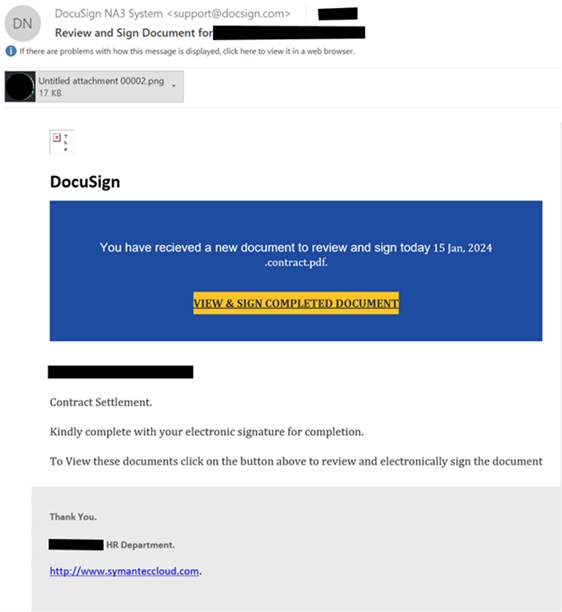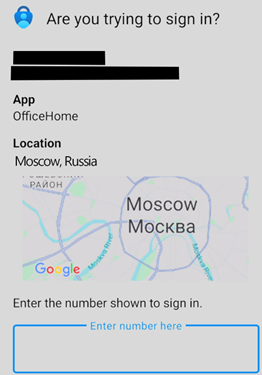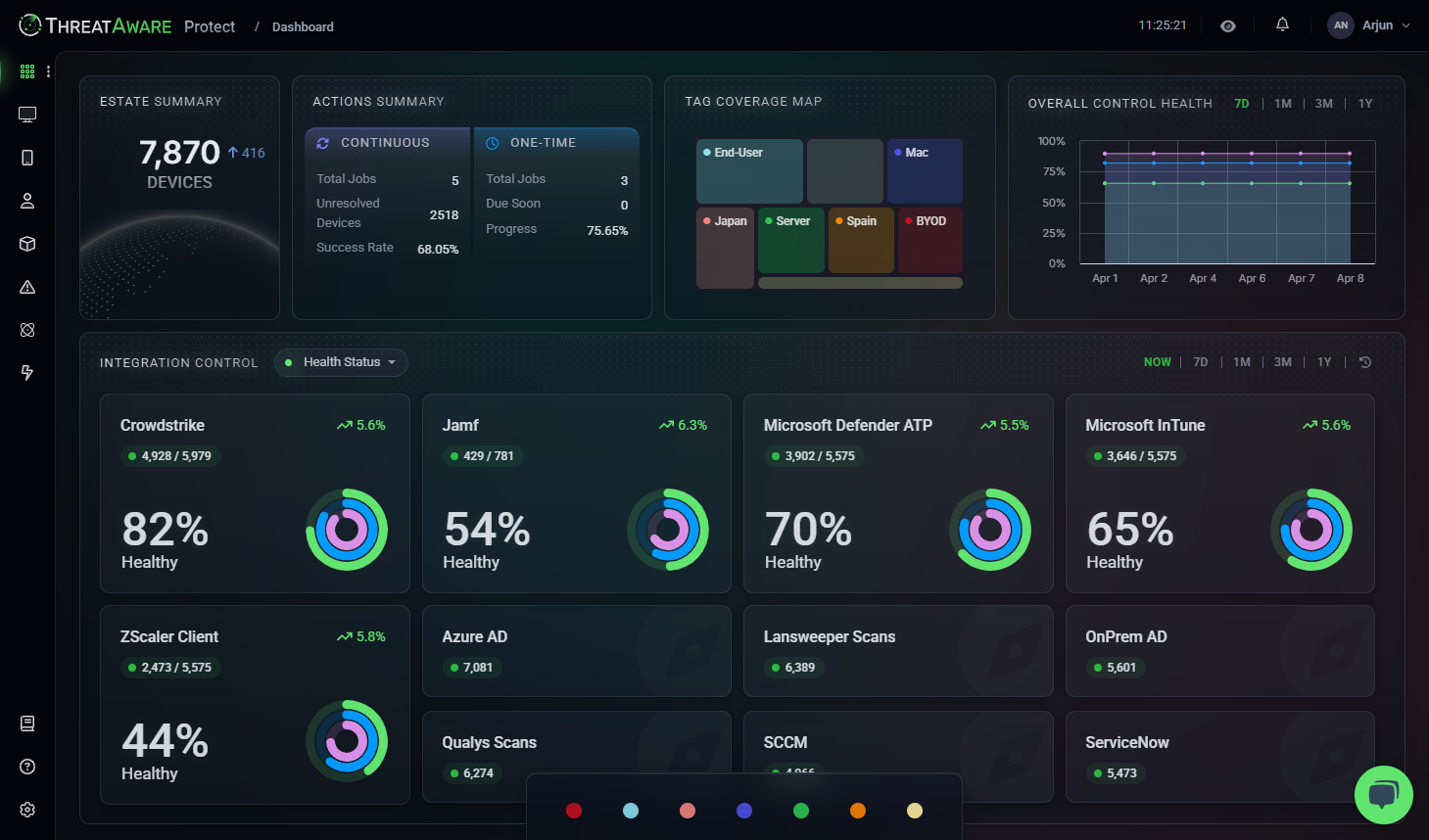Jon TamplinIs Multi-Factor Authentication enough in 2024?
The cyber landscape is not only expanding but also becoming increasingly complex.
As we enter the second quarter of 2024, it’s clear that the cyber landscape is not only expanding but also becoming increasingly complex. Cybercriminals, adept in their craft, continue to refine their strategies and are using ever more sophisticated methods to breach well-established defences. Among these threats, phishing attacks stand out for their persistence and ability to evolve. They have an unsettling ability to sidestep even the most trusted security measures, such as Multi-Factor Authentication (MFA). Far from new, these threats have grown more and more intricate, challenging organisations to stay one step ahead in their cybersecurity efforts.
A perfect example of the sophistication in play can be seen in the "Tycoon 2FA" phishing kit, as explained by Sekoia. This tool shows just how attackers never stop refining their methods to bypass security protocols and gain unauthorised access to sensitive information.
A closer look at the attack
You receive an email, from a trusted service such as DocuSign, asking you to review and sign a document.

At first glance the email looks legitimate, complete with logos and a sense of urgency. A click on the provided link takes you to what appears to be a Microsoft 365 login page, meticulously designed to mirror the genuine article. However, in the rush and trust in the apparent source, subtle red flags, like the incorrect spelling of the domain, go unnoticed.

Distracted or pressed for time, and trusting in the apparent source, subtle red flags, such as the incorrect spelling of the domain, go unnoticed. You go ahead and log in.
The harsh reality behind the scam
Now, the credentials you’ve just entered are redirected to a server under the cybercriminal's control, despite the presence of MFA.
MFA would of course ordinarily serve as a stalwart guardian of security, but its efficacy relies heavily on user awareness. Following the entry of your credentials, an MFA prompt would seem entirely expected, a routine part of the security process.

It is precisely this expectation that these attacks exploit, cleverly blending into the authentication process we see every day. The cunning of these attacks lies in their timing and seeming legitimacy, making them less likely to be questioned by the unwary. However, a prompt linked to an unfamiliar location, Moscow in this example, should raise alarm bells. This highlights the importance of vigilance even in seemingly routine security procedures.
The aftermath
Once inside, the attacker’s intentions can vary widely, from further phishing emails to the outright theft of sensitive personal or corporate data. Such breaches can have far-reaching consequences, not just for the individual affected, but potentially for entire organisations, leading to a cascade of security compromises.
Securing your assets: What measures can we take?
In the ongoing battle against sophisticated cyber threats, a multi-faceted security approach is more crucial than ever for your organisation. User vigilance and continuous education are key to any robust defence strategy, equipping your team with the knowledge to identify and respond to potential threats effectively.
However, awareness alone is not enough. Advanced security measures are essential to reinforce your digital defences against the ingenuity of cybercriminals. These include:
-
Conditional access and threat policies: Implement strategies that enforce conditional access and real-time detection and prevention of malicious activities. These ensure that only authenticated users can access your critical resources under stringent conditions.
-
Impossible travel and anomaly monitoring: Employ monitoring tools for detecting unusual login attempts and behaviour patterns, such as geographically impossible access, to detect potential breaches and enable swift mitigation.
-
Safe browsing and phishing defence: Employ advanced solutions for scanning URLs and content to protect against malicious websites and phishing attempts, strengthening your online environments by proactively identifying threats.
-
Patch management and asset oversight: Keep your systems and software updated with the latest patches to close security vulnerabilities. Comprehensive asset management is crucial for enforcing your security policies effectively.
-
Endpoint security and zero trust: Make use of Enhanced Endpoint Detection and Response (EDR) and adopt a Zero Trust architecture to minimise your attack surface. These measures provide deep visibility into activities and require verification for all access attempts.
-
Cybersecurity awareness: Provide ongoing education for all users on the latest cybersecurity threats and best practices. Establishing a culture of awareness acts as a primary line of defence against cyber threats.
Expanding your security strategies to include a broad range of tools and capabilities creates a comprehensive shield that guards against the most advanced threats. The integration of various security measures forms a resilient and adaptive ecosystem, boosting the protection of your digital environments against cyber threats.
Consistent user education, alongside the strategic deployment of advanced security measures, creates a formidable barrier, ensuring the integrity and safety of your digital spaces in the face of relentless cyber aggression.
A unified view with ThreatAware
Here’s where ThreatAware can step in. ThreatAware offers a centralised, single perspective that brings into focus all devices accessing company data.
ThreatAware ensures that every security measure is comprehensively deployed and operational across all assets. In the swiftly changing domain of cybersecurity, such a unified view is invaluable.
ThreatAware simplifies the complex task of monitoring and managing security protocols, guaranteeing that each layer of defence is active and aligned with best practices. This level of oversight and control is indispensable for maintaining a robust security posture across the digital ecosystem.
Conclusion
As we navigate the complexities of modern cyber threats, it becomes clear that while MFA is a critical component of our security arsenal, it cannot stand alone. The sophistication of attacks like the Tycoon 2FA phishing kit highlights the need for a holistic approach to security - one that includes education, vigilance and the strategic deployment of advanced technological safeguards.
Tools such as ThreatAware not only offer the means to strengthen our defences but also ensure that we remain ever-vigilant and prepared for the challenges that lie ahead.
Secure Every Device in Your Network
Instantly uncover and protect every asset in your IT estate with ThreatAware.
Identify unknown devices, reconcile asset data across platforms, and eliminate security gaps to ensure continuous cyber hygiene.
Request a Trial